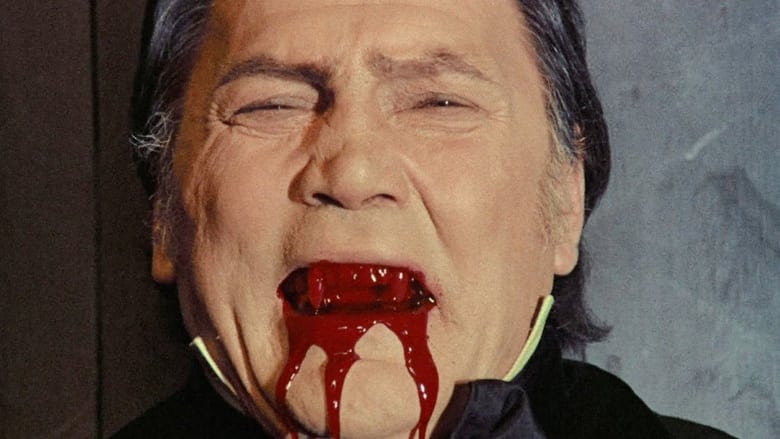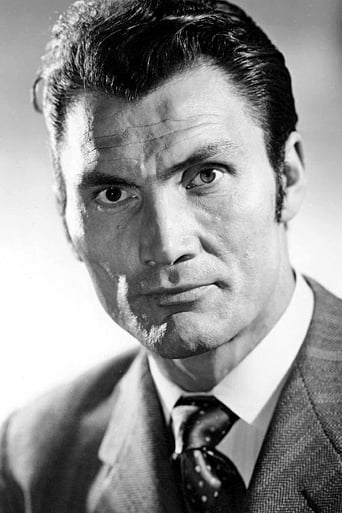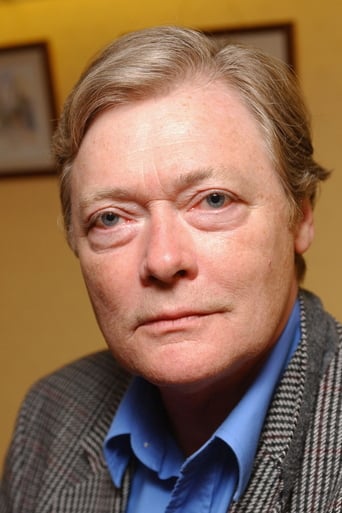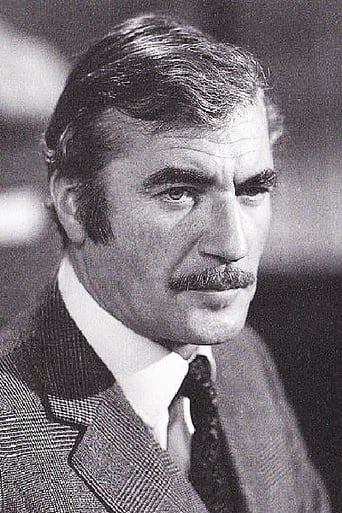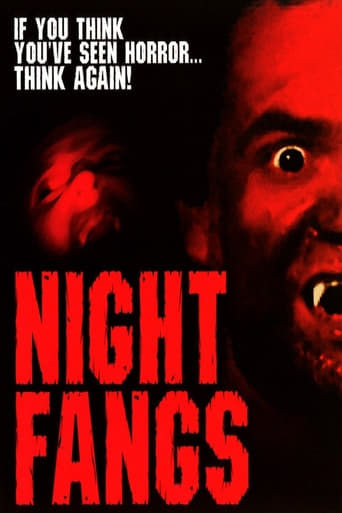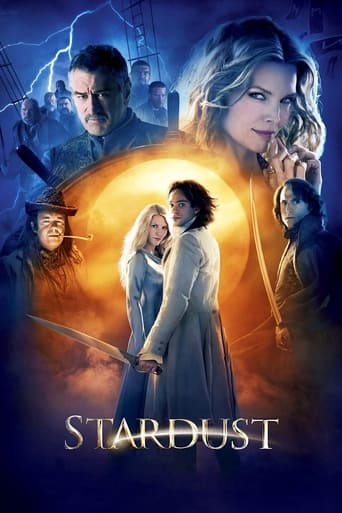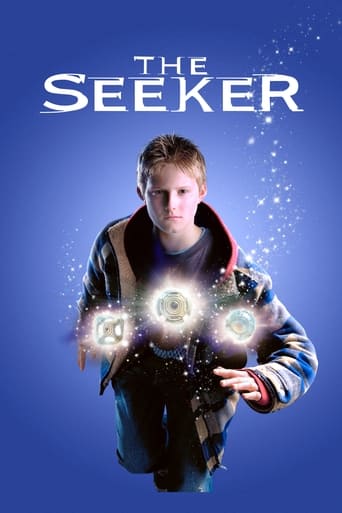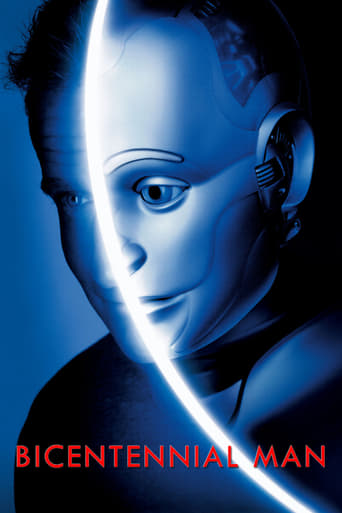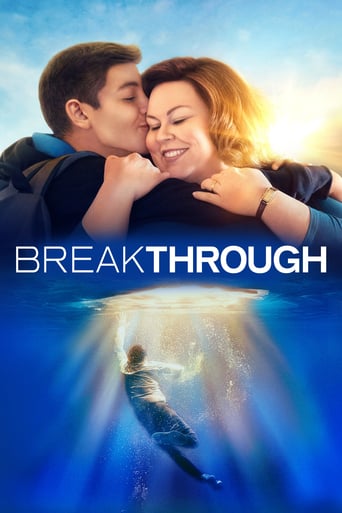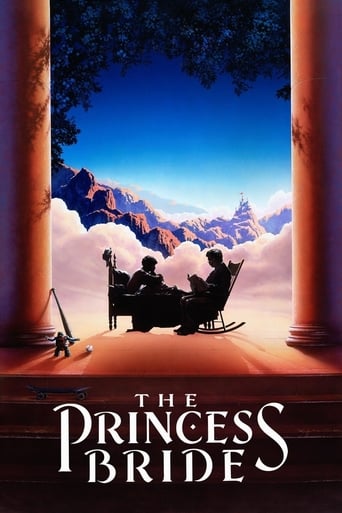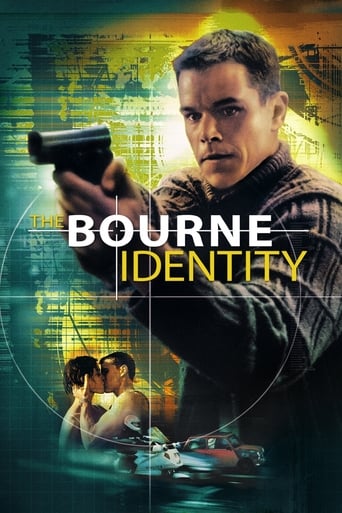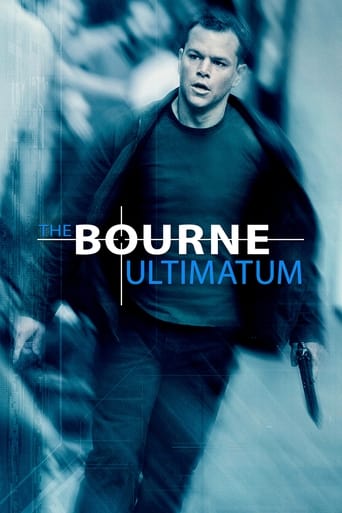Dracula (1974)
Dracula is searching for a woman who looks like his long dead wife.
Watch Trailer
Cast


Similar titles
Reviews
Thanks for the memories!
I don't have all the words right now but this film is a work of art.
Good concept, poorly executed.
In truth, there is barely enough story here to make a film.
Bram Stoker's novel "Dracula" is many things, but a romance novel it's not. It's got religion, but not the kind involving the transmigration of souls to identical bodies separated by centuries. It has a sense of history, which includes a couple sentences of Van Helsing's semi-ambiguous speculation that the immortal vampire may've once been "that Voivode Dracula" who fought the Turks, but it's not about, nor significantly inspired by (except the title), the historical Vlad the Impaler. This 1974 TV movie, speciously titled "Bram Stoker's Dracula," as with the later 1992 theatrically-released movie of the same name, is about those things which Stoker's "Dracula" is not about. What it adapts from Stoker is mostly superficially done and sometimes incompetently so.Exaggerating and expanding on the connection between the vampire and Vlad within a reincarnation romance, turning Stoker's Gothic horror novel into a silly love story seems to have been a bad idea whose time had come. There had been some recent popular books in the early 1970s on the Prince of Wallachia in relation to Stoker. And, vampires were already being turned into romance figures in film and TV, including in the reincarnation romance of the Dracula-related blaxploitation flick "Blacula" (1972), as well as in the "Dark Shadows" series, a TV soap opera, which was also turned into two films and which was created by this TV-movie Dracula's director-producer, Dan Curtis. Unfortunately, these threads, the historical and romantic, have pervaded most subsequent big Dracula movies, from the love-sick "Nosferatu" remake and the dime-novel-like Universal reiteration, both of 1979, to Francis Ford Coppola's aforementioned 1992 rip-off, to the ahistorical "Dracula Untold" (2014).Like Hammer's 1958 "Dracula," Jonathan Harker's role is reduced to his stay at Castle Dracula, and the later part of the film focuses on the investigation duo of Van Helsing and Arthur Holmwood. Also like Hammer's productions, the cast is full of Brits; except, here, the dangerous foreigner Dracula is portrayed by an American, the soft-spoken Jack Palance (also the physically-strongest Drac since Lon Chaney Jr. in "Son of Dracula" (1943)). It's a bit amusing, considering the many Hollywood movies casting Brits in roles for foreigners across the world, to see the same thing done in reverse across the pond, for this originally-British TV movie. Inexplicably, Harker also encounters a Russian couple en route to the Count's Transylvanian abode. Like Jesus Franco's poor 1970 international Dracula, the filmmakers laughably try to pass off German Shepherds as wolves. This one even features a hopeless attempt, by quick editing and silly hairstyling, to pass one of these pups off as a wolf attacking Arthur. Almost as ridiculous is the poorly-acted fainting of Lucy's mother during the episode (in the book, this killed her).The limits of a TV-movie budget and imagination also results in a slow pace emphasizing supposed tension building at the expense of actual action. That only a ticking clock can be heard in some of Arthur's interior scenes, as he keeps watch over Lucy, doesn't help--in the same spirit, they should've added just crickets chirping for the counter shots of Dracula standing outside. There are also the then-typical TV zooming and lengthy dissolves, including the clichéd wavy ones for flashback montages of Vlad and his sweetheart. There are some canted angels that become un-canted. And there's some obvious cheating going on in the edits between exterior views of Drac's impressive castle and Carfax Abbey and the unexpectedly small interiors. Much of which could've been overlooked if the adaptation were more interesting than a reincarnation romance, or if it evidenced any competent reworking of the familiar story.Harker's carriage ride to Borgo Pass, for instance, fails to foreshadow the horror of Dracula due to the absence of apparent fear from the locals. When Harker cuts himself shaving, Palance's restrained bloodlust merely manifests as an expression of constipation. Instead, this Dracula throws a hissy fit when he finds his lost-love, un-dead Lucy with stake in her heart. Oblivious to the sexual implications of the blood-transfusion business in Stoker's novel, here, the maid, in a bit part, donates the blood rather than Lucy's suitors. Worst of all, but all too typical of Dracula movies, is the reduced role for Mina, who was the main hero and surrogate storyteller of Stoker's novel. This time, she provides a couple clues to detectives Van Helsing and Arthur regarding Dracula's identity and location, but her character is otherwise sidelined for the male heroics. Apparently, she's of so little importance, that Van Helsing, otherwise inexplicably, drops his cross and allows Dracula to feed her his breast blood--thus threatening her with vampirism. And they don't even pronounce her name correctly! Unlike the 1992 film, since Lucy is Dracula's reincarnated love, it's also unclear why the Count attacks Mina at all. But, then, this is the same vampire who has a pit of stakes and another pointy torture device in his basement. Logic is not his strong suit. Why not replace his ceilings with skylights while he's at it and decorate his coffin with crucifixes and garlic.On the plus side, this TV production did manage a decent painting of Vlad and Lucy. And the main reason I didn't rate the movie lower is because there are a couple shots that are staged as painterly tableaus--even using the TV zooming to some advantage. The first is the dead, cross-baring seaman tied to the ship's helm, with the shot zooming in on Dracula on the beach in the background. This is a nice, economical transition to the Count's move to England; something that would've also benefited the 1977 TV version. The second and final shot of the movie wraps up the narrative nicely with a zoom-in on the painting. Unfortunately, it's followed by red ahistorical text restating the point in the blunt fashion that pervades this TV production.(Mirror Note: Another failure of Harker's shaving scene is that it includes a mirror, but Dracula's lack of a reflection isn't addressed.)
Bistritz, Hungary, May 1897: Natives in Transylvania seem afraid when they learn solicitor Jonathan Harker (Murray Brown) is going to Castle Dracula.Who thought that Jack Palance would make a good Dracula? Clearly director Dan Curtis, who had previously worked with Palance on "The Strange Case of Dr. Jekyll and Mr. Hyde", saw the potential. He has a very distinctive look, different from what might be called a traditional vampire look. And yet, Palance is amazing. The rumor is that Palance turned down offers to play Dracula again. True or not, it would be no surprise if he received such offers -- his performance is incredible, and he really threw himself into the role. (He reportedly said he felt that he was "becoming" Dracula more than he wanted.)The director? Dan Curtis. Already famous for "Dark Shadows", he would go on to become legendary. This film played no small role in that. Curtis is a horror legend that we were unfortunate to lose. Along with Bob Clark, these two directors came from a generation we cannot replicate."I Am Legend" novelist Richard Matheson co-wrote the script with Curtis. Matheson may be the greatest horror screenwriter ever, having done a fine job adapting Poe stories for Roger Corman, among others. While many adaptations of Dracula have been written and filmed, Curtis and Matheson still found a way to make the story fresh and new, focusing on a love interest that is not present in the source material.All in all, this may be the best adaptation up to that point, most likely. A bold claim given the dozens of versions from Bela Lugosi to Christopher Lee and beyond, but Palance delivers and the costumes and scenery really set the tone. Francis Ford Coppola's "Bram Stoker's Dracula" (1992) is now the benchmark and overall superior, but even that does not match this film's tone.MPI released the film on DVD in 2002 and again on Blu-Ray in 2014. The difference is unclear. If the picture and sound have been improved, the package makes no mention of that. The running time is decreased from 100 minutes to 98, which is probably a print clarification rather than an actual cut. The Blu-Ray adds outtakes and TV cuts, as well as a French audio track. Apparently, however, the French subtitles have been removed (or they still exist but are not worth mentioning). Both feature vintage interviews with Jack Palance and Dan Curtis.Generally speaking, Blu-Ray releases are superior to older DVD versions. And if you own neither, the Blu-Ray is the only choice. That being said, if someone already has the DVD, an upgrade may not be in order... this is not a "special edition" and fans will gain little by buying the film again.
Television pioneer Dan Curtis's take on that greatest of night stalkers, aided and abetted by maestro Richard Matheson, still chills the blood. While the "reincarnation" of Dracula's long-lost lady love was an idea Curtis lifted from his own DARK SHADOWS, it's Jack Palance's turn as The Lord of the Undead that is most memorable here. Like Charles MacCauley in BLACULA, Palance gives us a driven Dracula who is very much to be feared: he strides purposefully through castle and hotel hallway alike in pursuit of his goal and there is quite literally no one who can stop him. Palance (like MacCauley, and unlike many others) has the presence to pull this off. Christopher Lee was the alternative at the time and his, too, was a powerful presence- but there's something even darker and more dangerous about Palance. When he is confronted on a hotel stairway, he dispatches his assailant with what looks like an open-handed karate chop that sends the man heels over head over the bannister. This Dracula is clearly capable of great violence at a moment's notice. When he confronts the serviceable but oddly unemotional Simon Ward (along with Nigel Davenport) and steps up to the young man, there's a moment where one anticipates nothing less than a full-blown decapitation. It doesn't happen, but the threat there is palpable because of Palance's performance. (The shot of Palance, his craggy countenance pale and bloodless, standing on the beach next to the wreckage of the Demeter, is one of the most memorable images from this movie: one can easily imagine Palance overwhelming the ship's hapless crew...) Robert Cobert's score (as ever) strikes just the right chord(s), conveying a brooding sense of menace. The England and Yugoslavia locations through which these characters move are picture perfect and put to shame many of the stage-bound sets used in the Hammer films of the same period. Curtis and Matheson have reworked the story so that it's even better (and less cluttered) than in any other version and the final shot, of The Impaler impaled against an upturned tabletop before a Dorian Gray-like portrait of himself in battle (with distant cries of "Dracula, Dracula" echoing down through the ages), is brilliant. My pick for the best Dracula movie ever.
First saw this movie the night it debuted on February 8, 1974 when I was 5 years old. At the time, I was reading The Tomb of Dracula (a Marvel comic book) and the movie brought it to life for me.The director Dan Curtis said it best, "Jack Palance was the best Dracula there ever was." According to author Richard Matheson, the original version was 3 hours long but edited down to 1.5 hours. I wonder if the original footage is still available to re-create the original 3 hour version as Matheson and Curtis intended? Until that happens, fans will have to read the original Richard Matheson script available in his book, "Bloodlines" available from Amazon.com.


